You could spend the rest of your life paying finance for a car that you’ll never own, says Cowland. But he reckons there’s a better way.
Everything’s on a monthly payment these days. Your gym membership, streaming service, phone, car insurance, road tax, your favourite apps, living-room sofa and naturally, for many motorists, your car. It’s nothing new, of course. People have been paying ‘on the never-never’ for their automotive needs for almost as long as the car itself has been in existence, and since the introduction of the Hire Purchase act in 1938, the banks and lenders have been allowing would-be car owners to literally write cheques that their egos – and bank balances – couldn’t cash.

And hands-up, I have played a small part in this phenomenon, particularly if you’ve bought Swedish or Japanese over the last three decades. During my time in car sales for Saab and Subaru in the nineties and noughties, I sold hundreds of cars, and helped almost as many people into (fairly priced, I feel I must add) finance agreements that allowed them to stretch to something perhaps a little nicer than they might otherwise have been able to afford, or to get the ultimate car of their dreams for a realistic monthly figure. It was a genuinely joyful part of the job; playing with deposits and future payments to help an owner get in to, and eventually out of, the car that’s been winking at them from the showroom floor for the past few weeks.
More recently, a world of PCPs (Personal Contract Purchases) and leases has sprung up for private buyers. Here, the manufacturer isn’t really looking for you to ever ‘own’ the car that you’re driving, merely ‘rent’ it for the 2 to 4 years that you have it in your possession. Even as recently as 2-3 years ago, the fact that you’re basically only financing the depreciation plus a little drink for the bank meant that many great and expensive cars could be had for stupendously low amounts of money per month and often with very low deposits. Add in that interest rates were a laughable 0.5 % at the time – and sometimes even zero-rated – and there was a perfect storm, where for a few weeks at least, a BMW M2 Competition was a £385 a month proposition. And before you ask, they’d all been sold when I phoned!
Even for an old trade lag like me, some of these deals were too silly not to sign for. My own personal daily driver for the last 4 years was a contract-hired Volvo S90. On a 100,000, 48 month contract, that car, with its £38k-odd retail ticket cost me a very sensible £300 a month. With no deposit! My four-year cost was £14,400. No small amount of money, sure, but a lot less cash than the car lost during the same period. That’s what a whack of manufacturer support cash can do to a rental agreement, I guess. Volvo wanted everyone out of their E-Classes and 5 Series, and had to make it financially attractive. It worked.
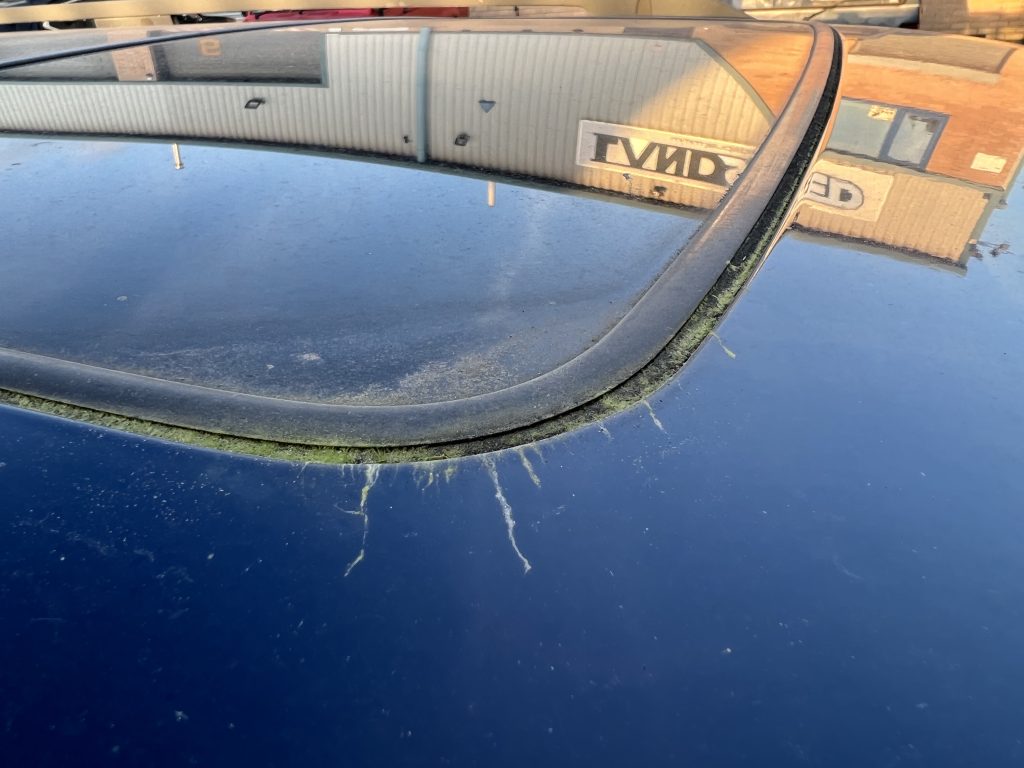
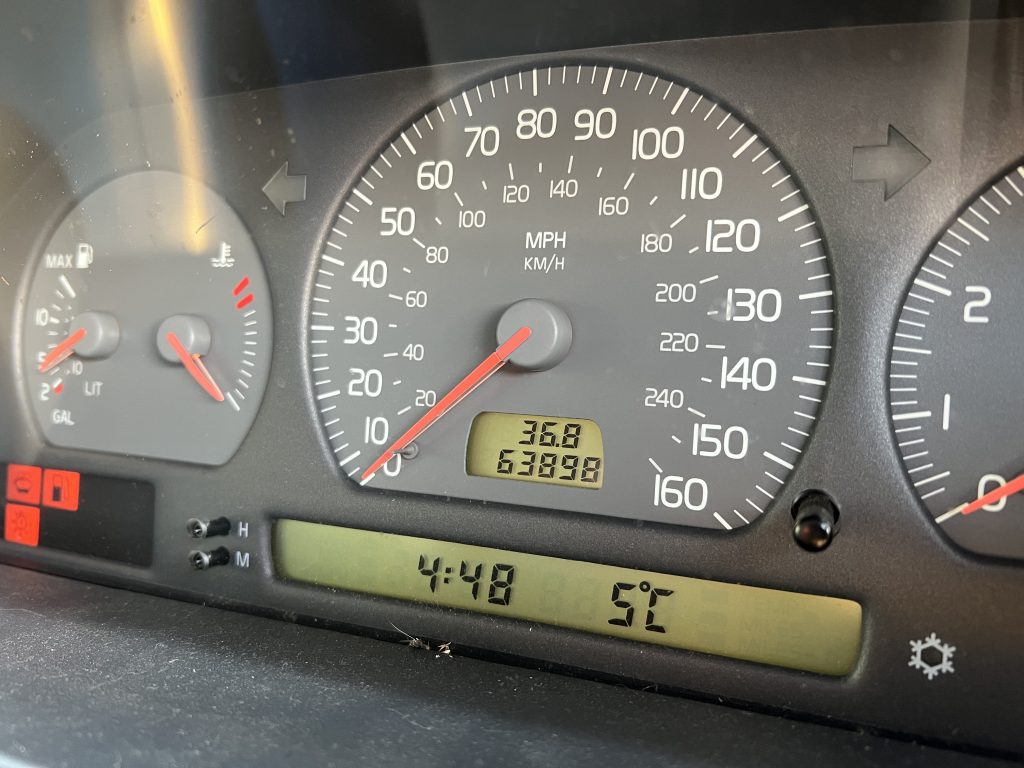
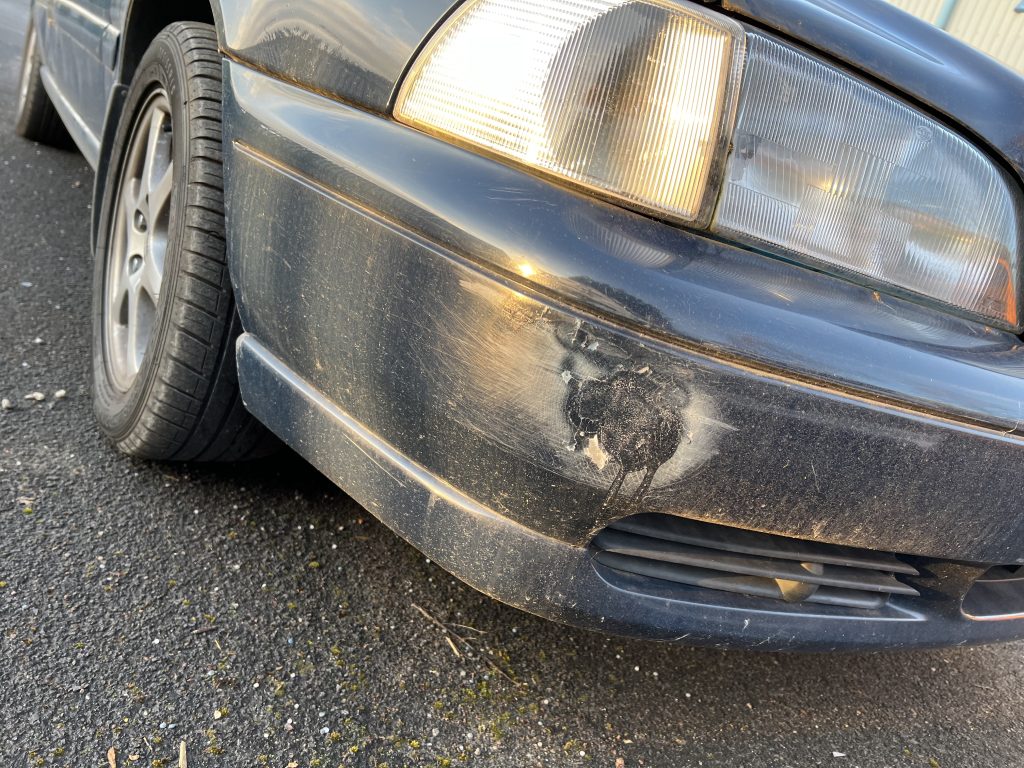

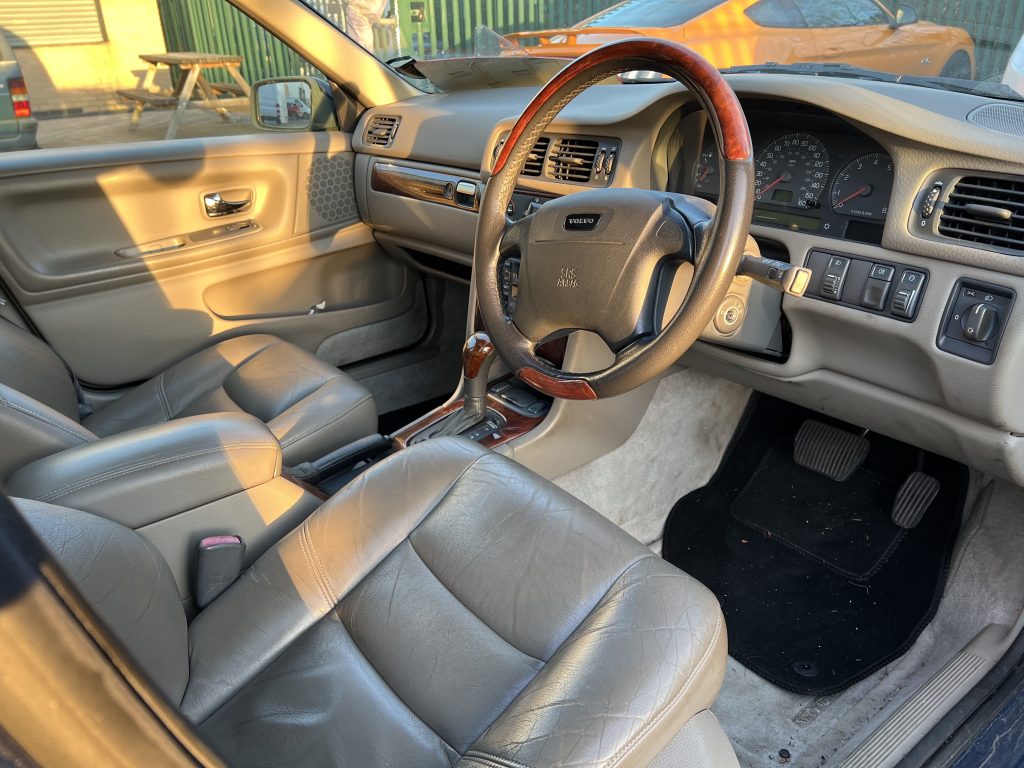
Fast forward to the present day however, and the world’s in a slightly different place. Interest rates have gone up, cars have become more expensive, thanks to inflation, chip shortages and material costs and underwriters, once so bullish with their residuals, are now being a little more cautious with their mystic predictions. This means that cars like my Volvo S90 have now pretty much doubled in their monthly cost in just a couple of years, and for something that you have to hand back at the end, it’s not something I could justify any longer.
It made me wonder if there was a better way. What car could I, should I drive throughout the colder months to get me to my destinations, that balances sensible monthly costs, great reliability, decent economy and the kind of overall image that lets your receiving hosts at any venue know you are a car guy, without flexing too hard, if you know what I mean?
I have been smoking my Jaguar XJ8 around for a good while, but with a large MoT bill looming, and the 23mpg getting a little thirsty over the massive mileage I now find myself doing, I wanted something more sensible. The answer came, somewhat predictably, in the boxy shape of the most sensible car yet fashioned from steel, plastic and leather; a 1998 Volvo V70.
It was acquired from an elderly, but very lovely, neighbour for a mere £200. But… there was no MoT, it needed a service and had been extensively restyled down the driver’s side after a sizeable argument with an even more sizeable steel bollard. Even so, my 63,000 mile steed had signs of potential.
A few well-placed suckers got the doors a little straighter, a wash and polish got rid of the moss and algae, and a £150 service and £50 MoT, which it sailed through with only an advisory for a brake hose, took care of the rest. I now had a road legal, freshly tested car that I owned outright, for just £100 more than one month’s rental on my previous Volvo.
Being a V70 SE, I still have my heated seats, only they’re electric now. I’ve gained a sunroof, and thanks to it having the wonderfully warbly 10-valve 5 pot under the bonnet, every drive sounds like I’ve actually bought an Audi Quattro. I’ve managed to cover over 3,000 miles so far, during the last few weeks, netting around 35 mpg for my trouble – and apart from needing to swap the sagging tailgate struts, the sensible Swedish estate is performing exactly as the factory intended.
But the best bit? For all of the scrapes, dents, chips and boot-lid head-smackings, the car’s mine! All mine!
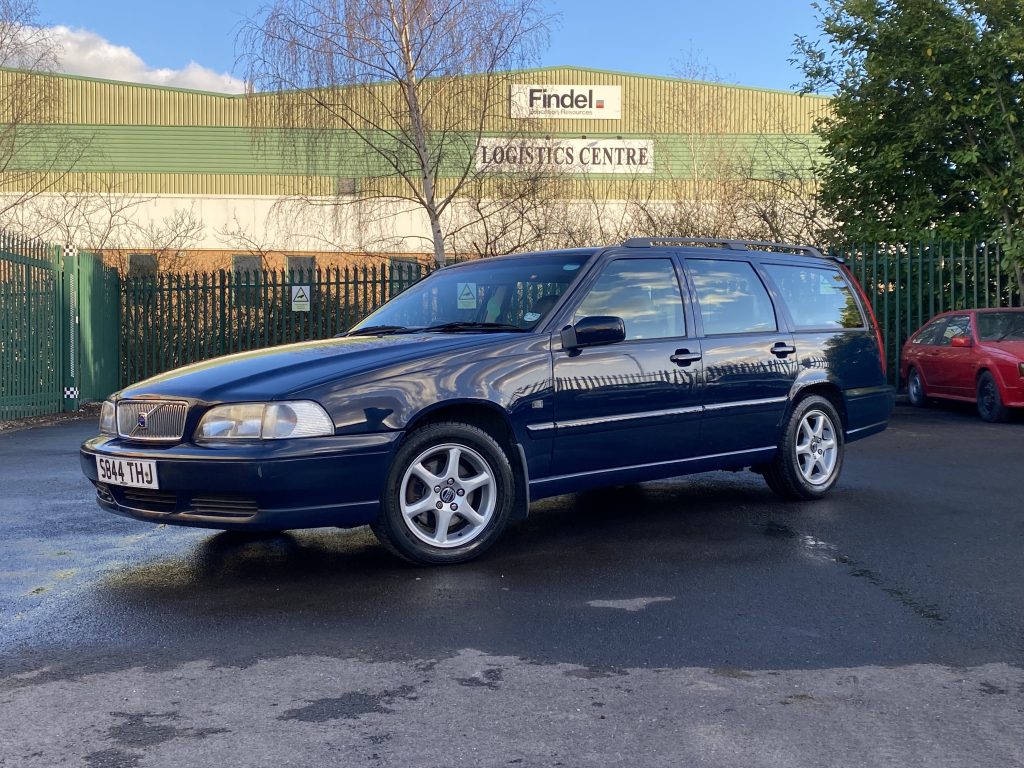
You get a sense of attachment and a pride of ownership with a (now) £400 banger that no top-of-the-range lease car will ever give you, making your time spent within it seem somehow that little bit more rewarding. I’ve never bought a car to impress people, so the Volvo’s lack of flash fits the bill perfectly. Those that know, know, and that’s very much the way I like it. After all, if the V70 is good enough for Braking Bad’s kingpin baddie, Gus Fring, it’s definitely going to take my credibility up several much-needed notches.
Many of us are looking to tighten our belts at the moment, if only to pay for our tomatoes and gas bills, and I do think that wonderful bargain bangers like my V70 are the way to go. Swap the gym for long walks in the countryside, keep the old sofa for a few more years and instead of hitting the dealerships for four more years of budgetary bondage, hit the small ads and spend a grand or two on a fine, older motor that could give you years of faithful service – and most of your money back at the end.
If you’re not constrained by ULEZ requirements, or can find one that sneaks around them, they’re a great way to get out of the red and into the black, and bizarrely, as you’re keeping an old car going, arguably the greenest motoring of all.
Read more
Invest in what’s in your garage
Old cars are here to stay: We were promised cheaper motoring but electric cars cost more to charge than petrol
Opinion: Why aren’t we allowed to buy cheap small cars any more?


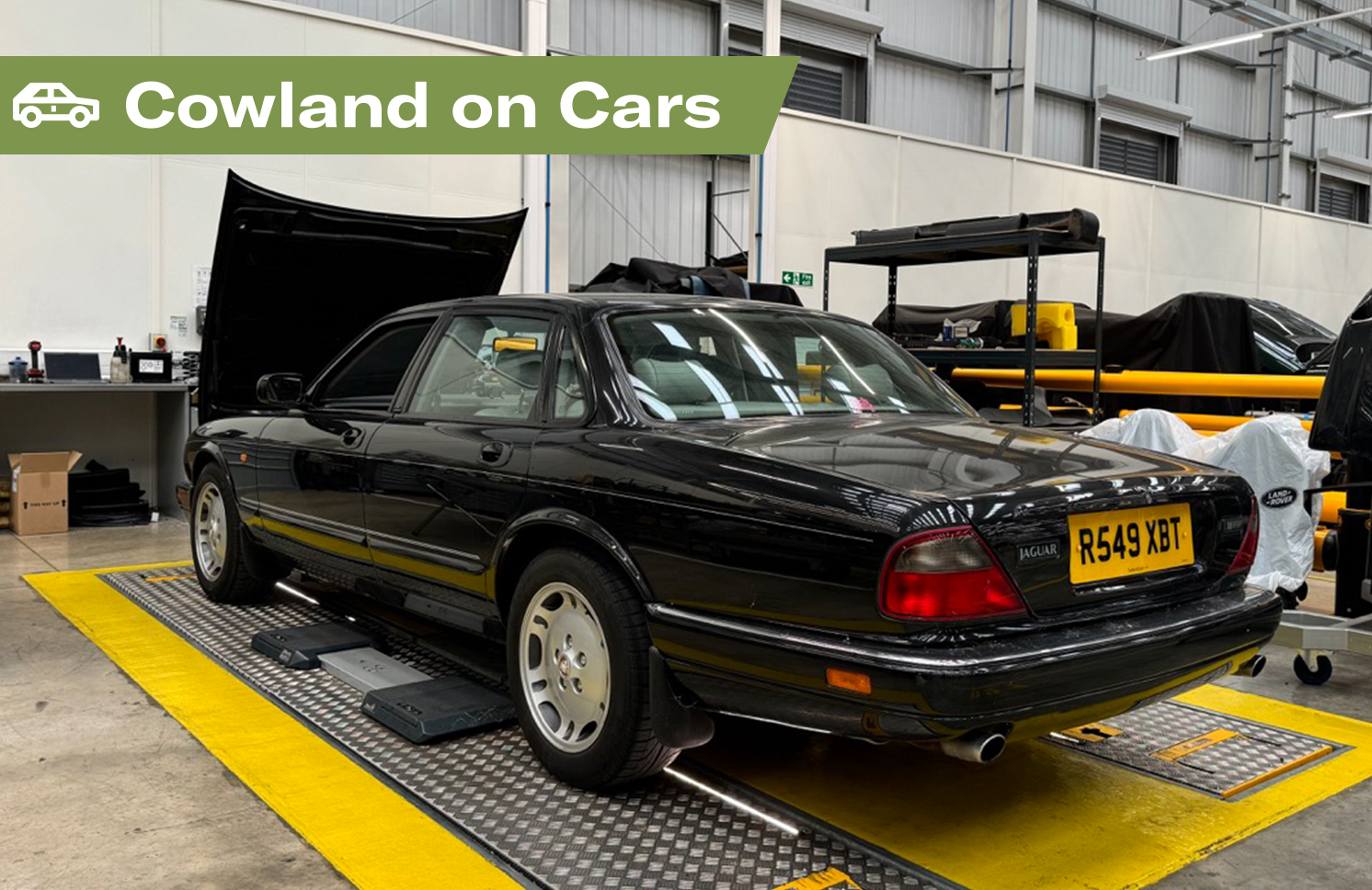
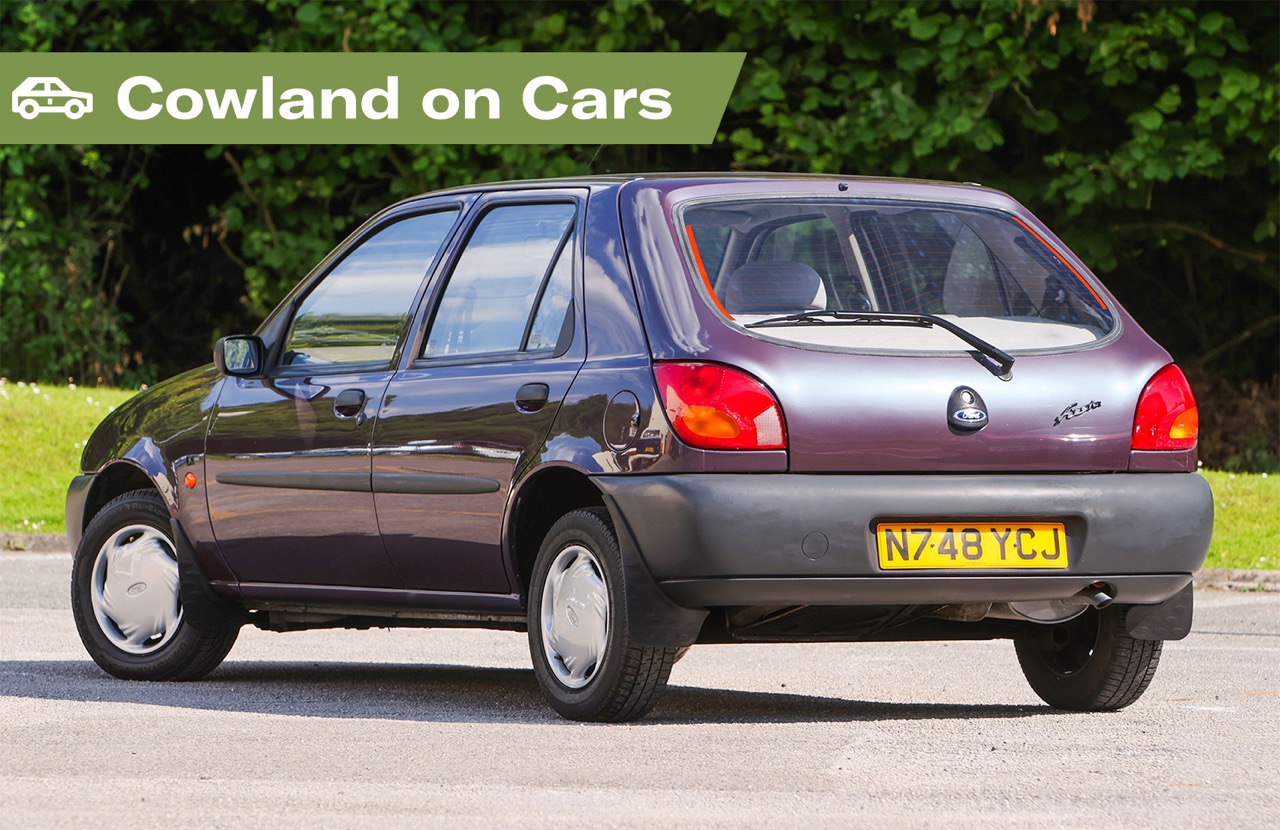






Another excellent article on great budget motoring by Mr C! There’s a good range of older, and high performance, motors that are ULEZ compliant as well, Petrol Ped on YouTube did a really good video about it. Our 2006 E91 260 bhp BMW 330i is ULEZ compliant.
I used to have a Toyota C-HR on a Motability lease, it was a great car but costly; using up my entire allowance every 4 weeks. All I had to do was to put petrol in, but even that was getting expensive. I was averaging around 43mpg from this hybrid car.
Then I did the sums and the Toyota went back and I paid £2,400 for a 2006 Lexus GS300 SE-L. Not exactly a “banger”, but suddenly, I was driving what had been a £50,000 super-luxury car for what basically amounted to peanuts! The Lexus is superbly comfortable, ultra reliable, silent, luxurious, very fast and surprisingly economical. (40+mpg on the motorway and 25 – 31mpg around town). And it’s all mine! I would advise anyone to go this route, you can end up with a very high-end car to be proud of and, when you come to sell, you might even mame a profit.
I have six classics and run four all taxed insured, etc. for the grand total of £250 per month, plus fuel. And they are all appreciating in value – a Y reg Rover 45 V6 Connoisseur, V reg Rover 600iLD, P reg FIAT Cinquecento, K reg Subaru Vivio. Just bought a modern classic, an MG ZT diesel auto which is currently being attended to by ‘MG Maestro’ Jules in Colwyn Bay. Who needs PCP anyway?
If on a tight bank balance and finite income as a pensioner like me, consider your purchase at the top of your budget. Then, insure it for the value and keep your investment safe. Cost me not much more than normal car insurance for peace of mind, as the loss will not just be personal and financial. I imported a Volvo V70 from Japan, beautifully maintained but expensive by comparison to forecourts- but worth it and insurance covered! I can vouch for this article in that a V70 will look after you and make you smile when driving. Oh the sound!
With a new door and a bumper corner repair, given the low mileage that Volvo’s got to be a bargain. ULEZ is causing a lot of older cars to be binned but whether a car that’s spent its life in London traffic is a good bet is open to question.
Driving around in my Dad’s 20 + year old ‘52 plate Renault Scenic. Mostly used for local trips to the shops and tips so I make the most of it’s removable 3 rear seats most of the time. Passed it’s latest mot November with no advisories I have always ensured it has an annual oil change and good wet weather tyres (living in Wales an essential ! ) only expenditure recently was a set of new rear discs and pads for £300 including fitting by a local mobile mechanic. As it was my dad’s car I won’t part with it until the engine ‘dies’ even though there are probably 20+ cosmetic repairs needed !! Dad would be surprised. He always changed his car every 3 – 4years. Hope he is proud of me. Oh – I am 75 !
If you’re in a two car household, where 1 car is only used for local runs or a commute – then a used Nissan LEAF can be quite good (although I admin this is more than the V70 in the article). My wife has a petrol Kia Sportage for occasional longer trips, but I do my daily 30 mile return commute in the LEAF and we both use it as much as we can on the weekends (80% of all our annual miles go on the LEAF). Saves a lot of petrol and servicing costs.
So many are considering an alternative to a PCP, consequently, very cheap second hand motors are somewhat scarce.
I bought my dinky little Perodua for £200 four years ago. A simple fix for the M.o.T. and there we go. These days, cars such as these aren’t as plentiful sadly, and the local scrappy is an equally rare beast.
Im constantly asked why I keep my old Hyundai Scoupe turbos – cheap on fuel , fairly nippy and practically nothing on insurance or tax, parts next to nothing on eBay it’s a winner all the way plus I
Get to drive something hardly anyone else has
Good to hear, Darren. We have a story on that car, publishing next week…
I bought myself a 2001 Honda Accord 1.8 in fabulous condition and 78k for £1000 to replace my Civic after Mayor Kahn announced the extension to his ULEZ, and the Accord is compliant. I bought the same model new in 2000, and knew what a great car they are, although looking like it just left the showroom, the insurance companies only value it at £290! Still, I have a highly presentable, brilliantly reliable car that I can drive for years to come and for less than 3 months lease.
Bought an old 2011 Alfa Mito 1.3 diesel for circa £2000, four years ago now, trouble free apart from small easily solved niggles. Guess how much it’s worth now ££2000+ and it still looks good, being an Alfa, I bought it and sold my Ford Ranger the next month, no idea how much I’ve saved 50+ mpg and £30 a year tax. Best decision ever 🥰